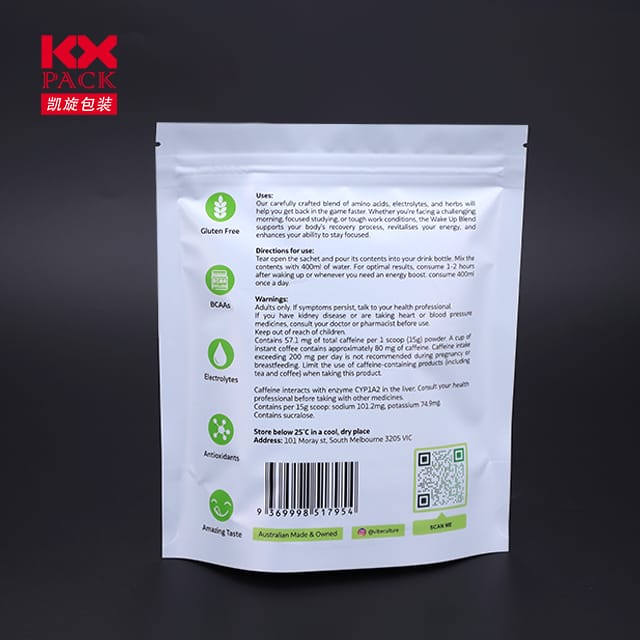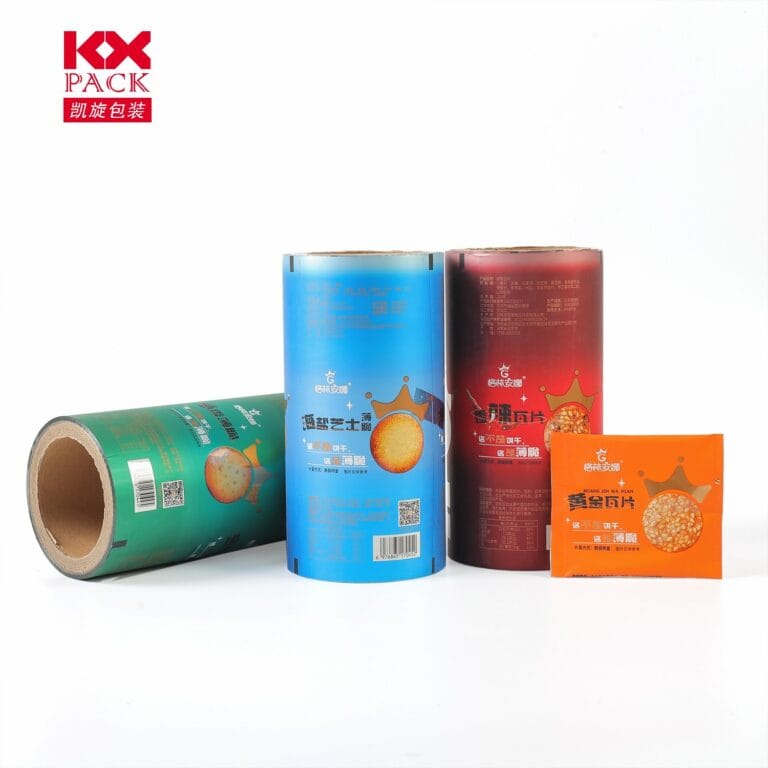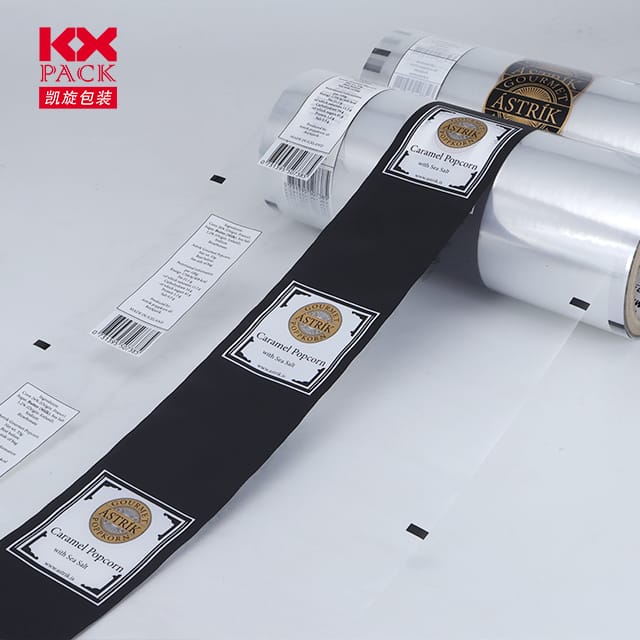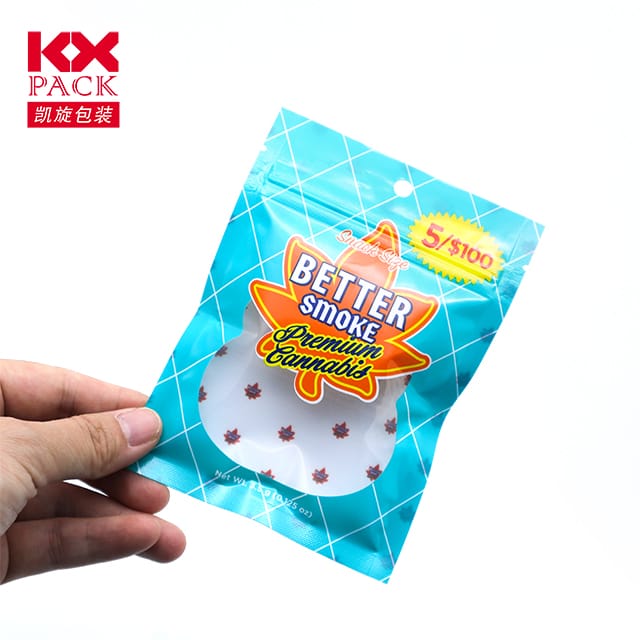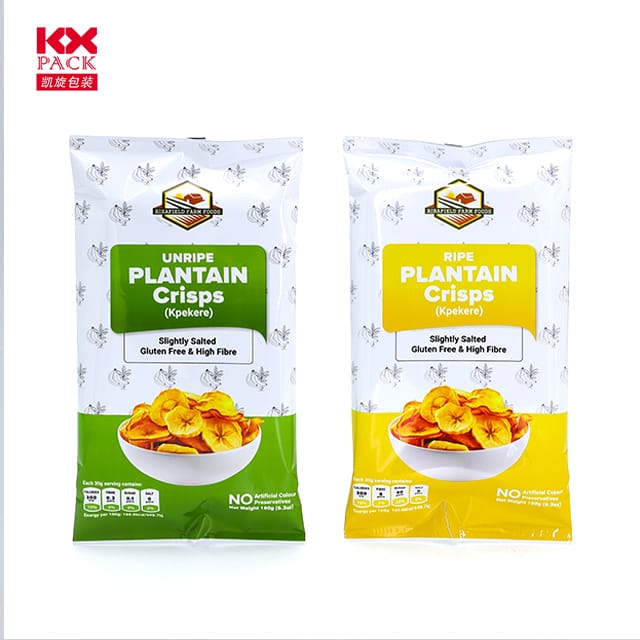パッケージングのためのプラスチックフィルムの進化と影響: イノベーションと持続可能性のバランス
包装用プラスチックフィルム
In today’s fast-paced consumer world, 包装用プラスチックフィルム stands as an unsung hero, quietly enabling the efficient storage, 交通機関, and preservation of countless products. 新鮮な農産物から電子機器まで, this versatile material has revolutionized supply chains and extended product shelf lives. まだ, its ubiquity also raises critical questions about environmental impact and the urgent need for sustainable alternatives. Let’s unpack the role of plastic film in packaging, its benefits, 課題, and the path forward.
Why Plastic Film Dominates Packaging
包装用プラスチックフィルム, typically made from polyethylene (PE), ポリプロピレン (PP), またはポリ塩化ビニル (PVC), is favored for its:
- Lightweight Durability: Protects products from moisture, ほこり, and physical damage without adding excess weight.
- Cost-Efficiency: Lower production and transportation costs compared to alternatives like glass or metal.
- Flexibility: Easily molded to fit diverse product shapes, from irregular food items to delicate electronics.
- バリア特性: Customizable to control oxygen, ライト, and odor transmission, preserving product freshness.
These traits make it indispensable for industries like food and beverage, 医薬品, and e-commerce. 例えば, modified atmosphere packaging (地図) uses plastic films to extend the shelf life of perishables like meat and vegetables by weeks, reducing food waste—a significant environmental concern in itself.
環境のパラドックス
Despite its advantages, 包装用プラスチックフィルム contributes to a growing global crisis:
- Single-Use Culture: An estimated 40% of all plastic produced is for packaging, そのほとんどは一度使用しただけで廃棄される.
- Pollution: Improper disposal leads to plastic waste in oceans, landfills, とエコシステム, where it can take centuries to decompose.
- マイクロプラスチック: Fragmented 包装用プラスチックフィルム break down into microplastics, infiltrating water supplies, soil, and even the human food chain.
The challenge lies in reconciling plastic film’s functional benefits with its ecological footprint.
持続可能性を推進するイノベーション
The packaging industry is responding with cutting-edge solutions:
- 生分解性および堆肥化可能なフィルム:
- Materials like polylactic acid (人民解放軍), derived from renewable resources (例えば。, corn starch), decompose in industrial composting facilities.
- Starch-based blends and algae-derived films are emerging as eco-friendly alternatives.
- Recyclable and Recycled Content:
- Advances in chemical recycling are turning post-consumer plastic waste into high-quality films.
- Mono-material 包装用プラスチックフィルム (例えば。, オールペポーチ) simplifies recycling processes.
- Reusable Packaging Systems:
- Brands are experimenting with returnable, refillable containers paired with durable plastic liners.
- Closed-loop systems minimize waste by reusing packaging across supply chains.
- Edible and Water-Soluble Films:
- Innovations like seaweed-based casings for food or dissolvable laundry detergent pods reduce reliance on traditional plastics.
The Role of Consumers and Policy
Sustainability isn’t just an industry responsibility. Consumers can drive change by:
- Supporting brands that prioritize recyclable or compostable packaging.
- Advocating for improved recycling infrastructure and clearer labeling.
- Reusing plastic films (例えば。, for food storage) 可能な場合.
Governments and regulators also play a pivotal role. Policies like extended producer responsibility (EPR) laws, plastic taxes, and bans on single-use plastics are accelerating the transition to greener alternatives.
Looking Ahead: A Circular Future
The ideal scenario is a循環経済 for plastic film packaging, where materials are designed for reuse, リサイクル, or safe composting. This requires:
- Collaboration across industries to standardize recycling processes.
- Investment in R&D to scale sustainable materials without compromising performance.
- Consumer education to shift behaviors toward waste reduction.
結論
Plastic film for packaging is a double-edged sword: a marvel of modern engineering that has transformed global trade but also a symbol of humanity’s overreliance on fossil fuels and disposable culture. The path forward demands innovation, accountability, and a collective reimagining of how we produce, 使用, and discard packaging. By embracing sustainable alternatives and advocating for systemic change, we can ensure that plastic film’s legacy is one of progress—not pollution.
What’s your take on plastic packaging? Share your thoughts or sustainable swaps you’ve made in the comments below! 🌍♻️

